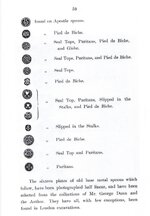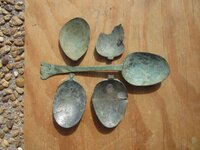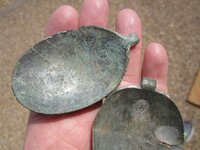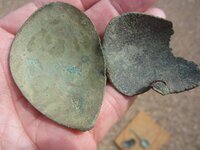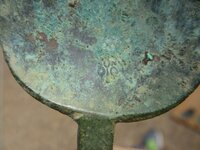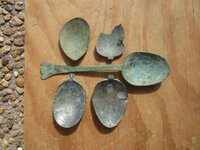Devonrex
Sr. Member
- Jan 6, 2012
- 351
- 1,260
- 🥇 Banner finds
- 4
- Detector(s) used
- XP DEUS, Nautilus DMC IIB
- Primary Interest:
- Metal Detecting
Found an early 2 piece coat eagle A today and a silver plated colonial spoon with a hallmark. The early 1830 - 40's eagle A has the most beautiful green patina to it. This is only the second spoon I have ever found that has been hallmarked. This appears to be English and could date as old as 1620 - 1640. Does anyone recognize this hallmark? I will be going back as I know there are more of these early buttons at this site and maybe an early silver English hammered coin!
Attachments
Upvote
9








